Lotus Eletre vs BYD Sealion 7 – Performance, range & efficiency compared
Both models have their strengths – but which one suits you more?
Compare performance, efficiency, price and space directly: Lotus Eletre or BYD Sealion 7?
Costs and Efficiency:
Price and efficiency are often the first things buyers look at. Here it becomes clear which model has the long-term edge – whether at the pump, the plug, or in purchase price.
BYD Sealion 7 has a clearly advantage in terms of price – it starts at 42800 £, while the Lotus Eletre costs 85700 £. That’s a price difference of around 42857 £.
In terms of energy consumption, the advantage goes to the BYD Sealion 7: with 19.90 kWh per 100 km, it’s to a small extent more efficient than the Lotus Eletre with 22.50 kWh. That’s a difference of about 2.60 kWh.
As for range, the Lotus Eletre performs somewhat better – achieving up to 570 km, about 68 km more than the BYD Sealion 7.
Engine and Performance:
Power, torque and acceleration are the classic benchmarks for car enthusiasts – and here, some clear differences start to show.
When it comes to engine power, the Lotus Eletre has a significantly edge – offering 918 HP compared to 530 HP. That’s roughly 388 HP more horsepower.
In acceleration from 0 to 100 km/h, the Lotus Eletre is decisively quicker – completing the sprint in 3 s, while the BYD Sealion 7 takes 4.50 s. That’s about 1.50 s faster.
In terms of top speed, the Lotus Eletre performs a bit better – reaching 265 km/h, while the BYD Sealion 7 tops out at 215 km/h. The difference is around 50 km/h.
There’s also a difference in torque: Lotus Eletre pulls noticeable stronger with 985 Nm compared to 690 Nm. That’s about 295 Nm difference.
Space and Everyday Use:
Cabin size, boot volume and payload all play a role in everyday practicality. Here, comfort and flexibility make the difference.
Both vehicles offer seating for 5 people.
In curb weight, BYD Sealion 7 is somewhat lighter – 2225 kg compared to 2565 kg. The difference is around 340 kg.
In terms of boot space, the Lotus Eletre offers clearly perceptible more room – 688 L compared to 520 L. That’s a difference of about 168 L.
In maximum load capacity, the BYD Sealion 7 performs to a small extent better – up to 1789 L, which is about 257 L more than the Lotus Eletre.
When it comes to payload, Lotus Eletre to a small extent takes the win – 485 kg compared to 410 kg. That’s a difference of about 75 kg.
Who comes out on top?
Overall, the Lotus Eletre shows itself to be dominates this comparison and secures the title of DriveDuel Champion.
It convinces with the more balanced overall package and proves to be the more versatile choice for everyday use.
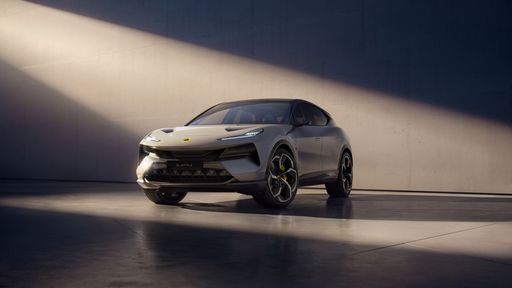
Lotus Eletre
Lotus Eletre
The Lotus Eletre marks the brand's ambitious entry into the electric SUV market, seamlessly combining sportiness with luxury. This dynamic vehicle boasts a striking design, characterized by its sleek lines and aggressive stance, capturing the essence of Lotus's performance heritage. Inside, the Eletre offers a modern, tech-savvy interior, ensuring both driver and passengers experience a blend of innovation and comfort.
details @ Lotus
@ Lotus
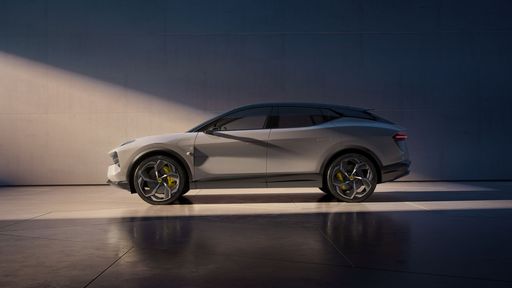 @ Lotus
@ Lotus
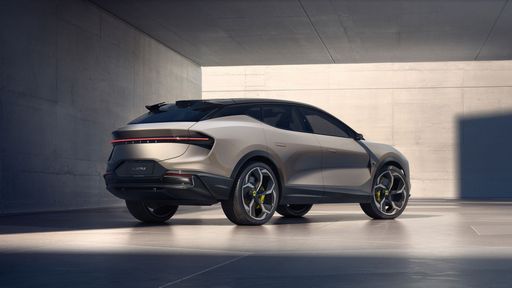 @ Lotus
@ Lotus
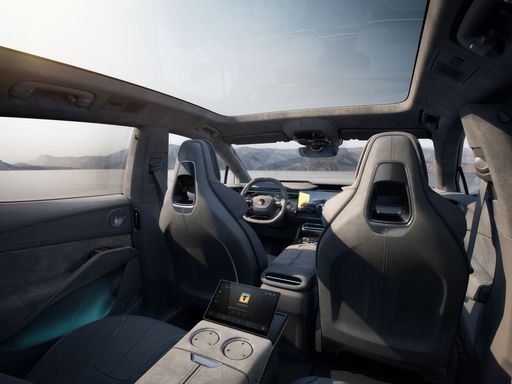 @ Lotus
@ Lotus
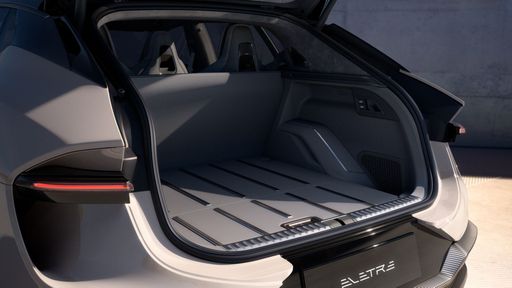 @ Lotus
@ Lotus
BYD Sealion 7
The Sealion 7 captivates with its striking design and impressive performance that appeals to both enthusiasts and casual drivers alike. With a focus on comfort and advanced technology, this model redefines the driving experience, making every journey enjoyable. Its sleek silhouette coupled with an innovative interior showcases the perfect blend of style and functionality.
details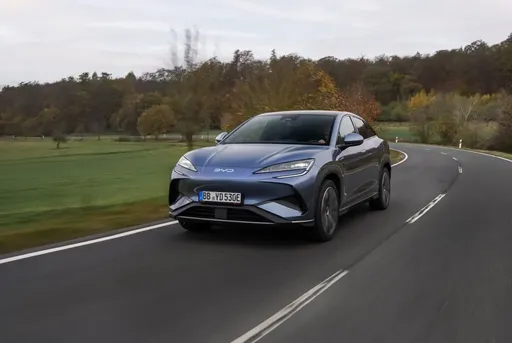 @ BYD
@ BYD
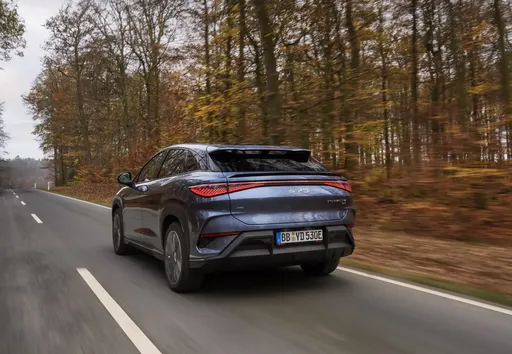 @ BYD
@ BYD
 @ BYD
@ BYD

|

|
|
|
|
Costs and Consumption |
|
|---|---|
|
Price
85700 - 138000 £
|
Price
42800 - 52300 £
|
|
Consumption L/100km
-
|
Consumption L/100km
-
|
|
Consumption kWh/100km
22.5 - 28.3 kWh
|
Consumption kWh/100km
19.9 - 21.9 kWh
|
|
Electric Range
450 - 570 km
|
Electric Range
456 - 502 km
|
|
Battery Capacity
109 kWh
|
Battery Capacity
-
|
|
co2
0 g/km
|
co2
0 g/km
|
|
Fuel tank capacity
-
|
Fuel tank capacity
-
|
Dimensions and Body |
|
|---|---|
|
Body Type
SUV
|
Body Type
SUV
|
|
Seats
5
|
Seats
5
|
|
Doors
4
|
Doors
4
|
|
Curb weight
2565 - 2745 kg
|
Curb weight
2225 - 2435 kg
|
|
Trunk capacity
688 L
|
Trunk capacity
520 L
|
|
Length
5103 mm
|
Length
4830 mm
|
|
Width
2060 mm
|
Width
1925 mm
|
|
Height
1630 mm
|
Height
1620 mm
|
|
Max trunk capacity
1532 L
|
Max trunk capacity
1789 L
|
|
Payload
405 - 485 kg
|
Payload
410 kg
|
Engine and Performance |
|
|---|---|
|
Engine Type
Electric
|
Engine Type
Electric
|
|
Transmission
Automatic
|
Transmission
Automatic
|
|
Transmission Detail
Reduction Gearbox
|
Transmission Detail
Reduction Gearbox
|
|
Drive Type
All-Wheel Drive
|
Drive Type
Rear-Wheel Drive, All-Wheel Drive
|
|
Power HP
612 - 918 HP
|
Power HP
313 - 530 HP
|
|
Acceleration 0-100km/h
3 - 4.5 s
|
Acceleration 0-100km/h
4.5 - 6.7 s
|
|
Max Speed
258 - 265 km/h
|
Max Speed
215 km/h
|
|
Torque
710 - 985 Nm
|
Torque
380 - 690 Nm
|
|
Number of Cylinders
-
|
Number of Cylinders
-
|
|
Power kW
450 - 675 kW
|
Power kW
230 - 390 kW
|
|
Engine capacity
-
|
Engine capacity
-
|
General |
|
|---|---|
|
Model Year
2025
|
Model Year
2024
|
|
CO2 Efficiency Class
A
|
CO2 Efficiency Class
A
|
|
Brand
Lotus
|
Brand
BYD
|
Is the Lotus Eletre offered with different drivetrains?
The Lotus Eletre is offered with All-Wheel Drive.
The prices and data displayed are estimates based on German list prices and may vary by country. This information is not legally binding.
